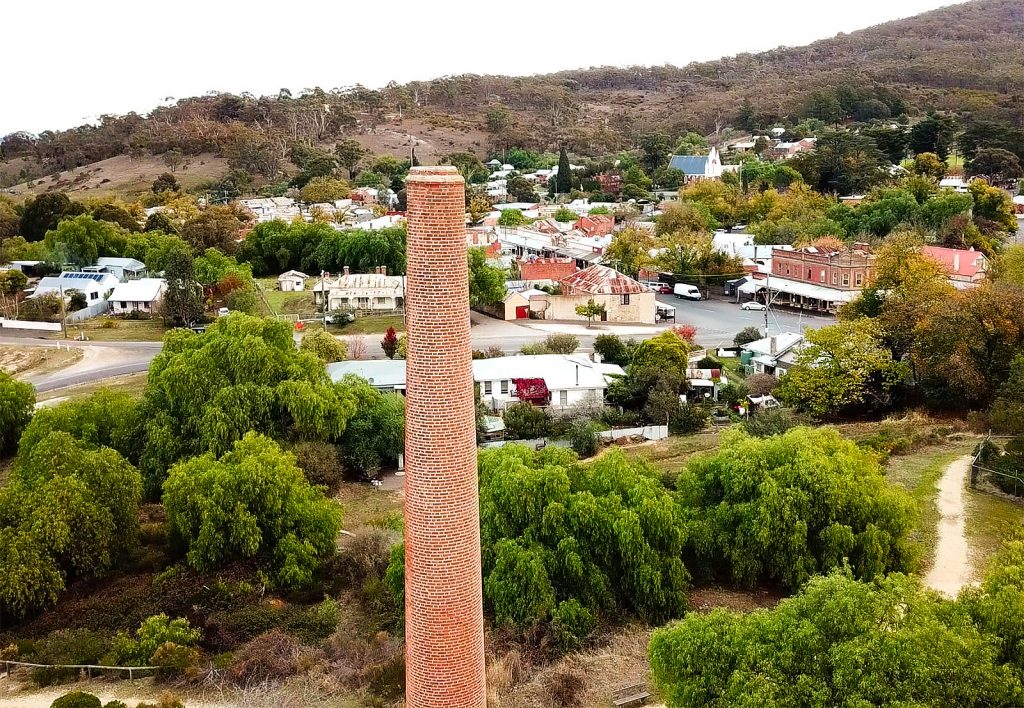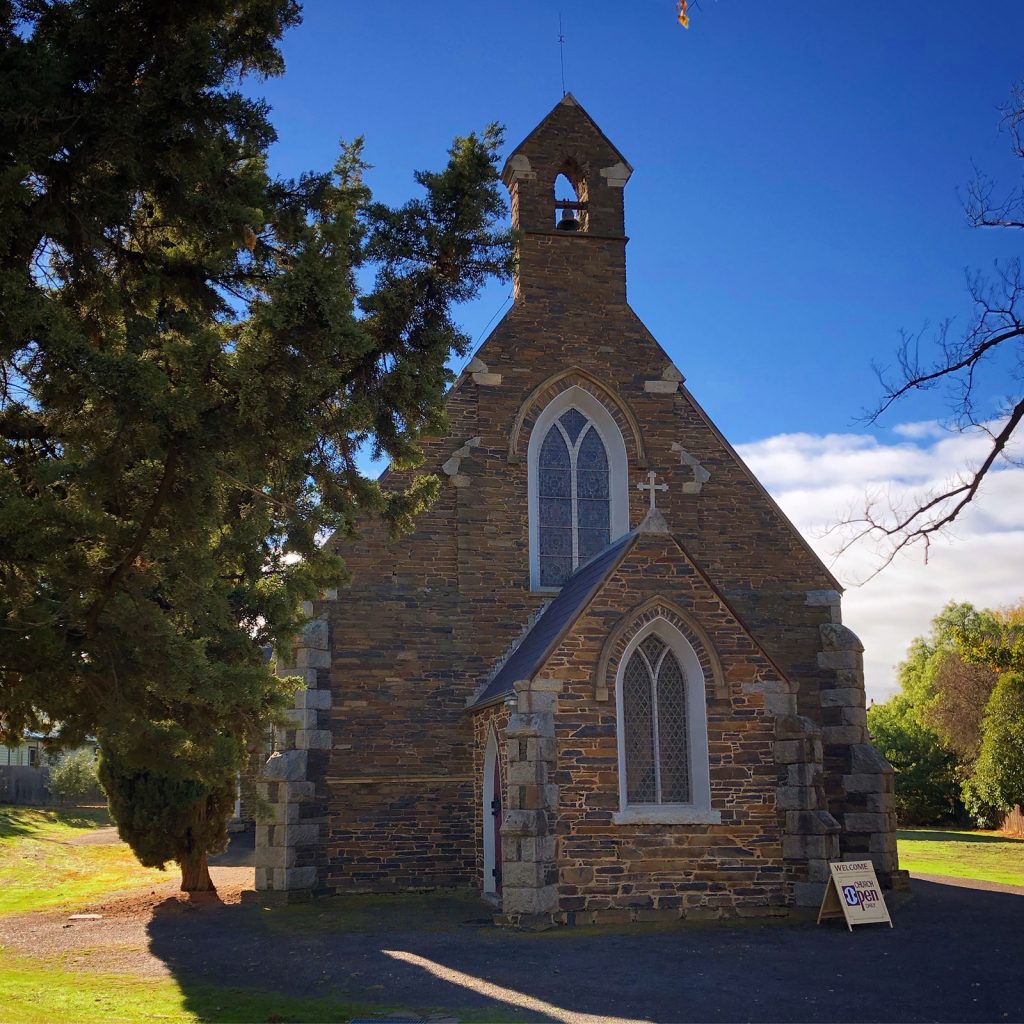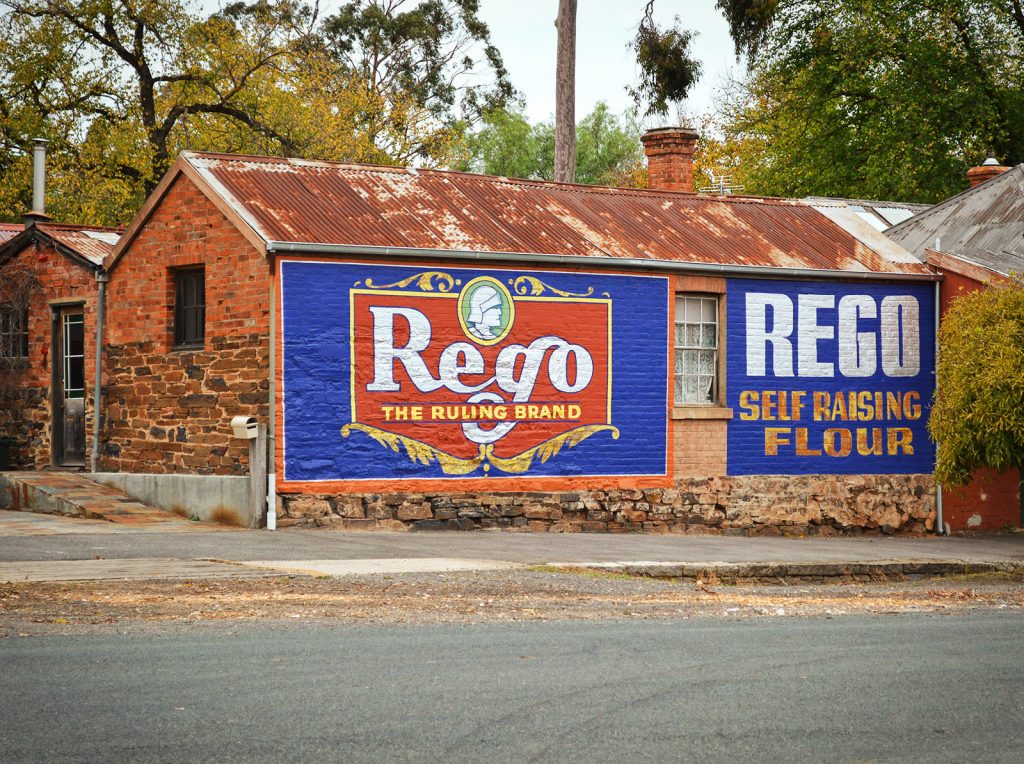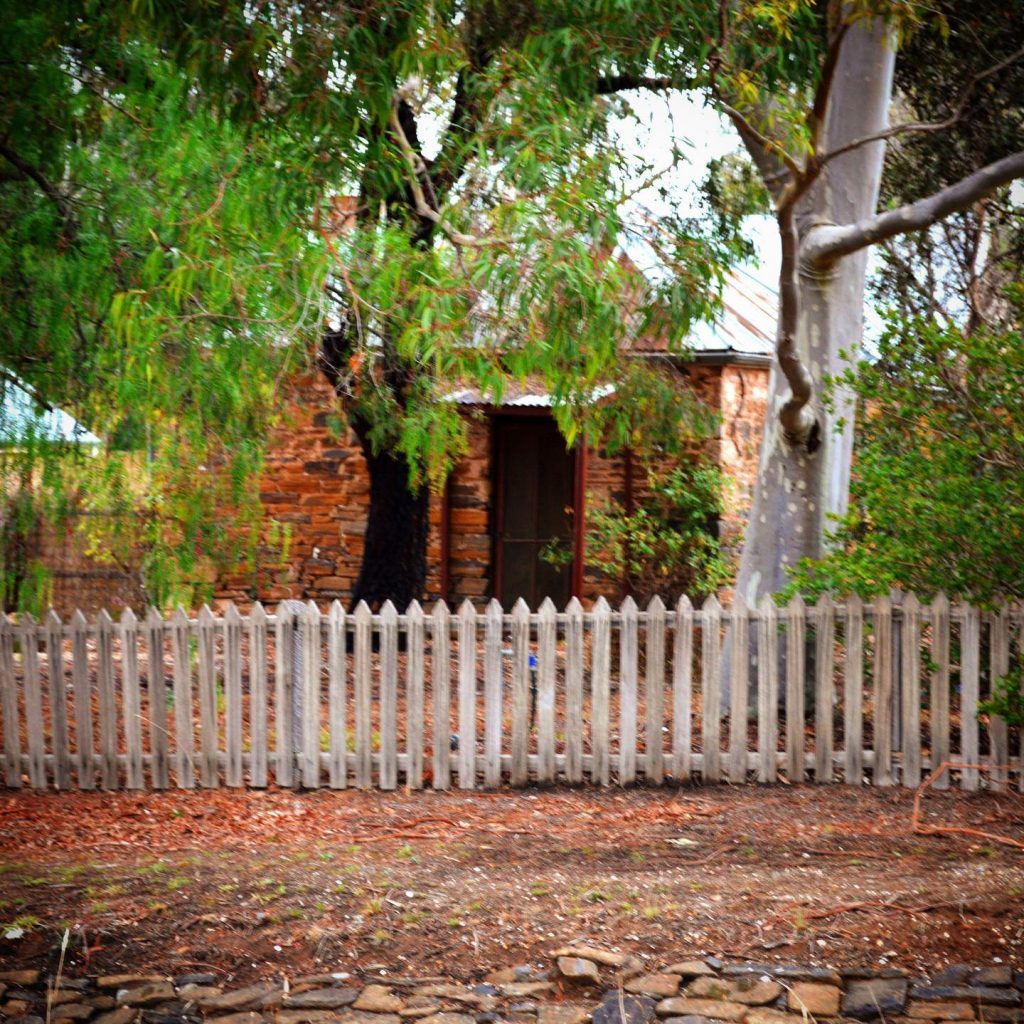The Penny School situated on Church Street Maldon is one of our favourite buildings in town.
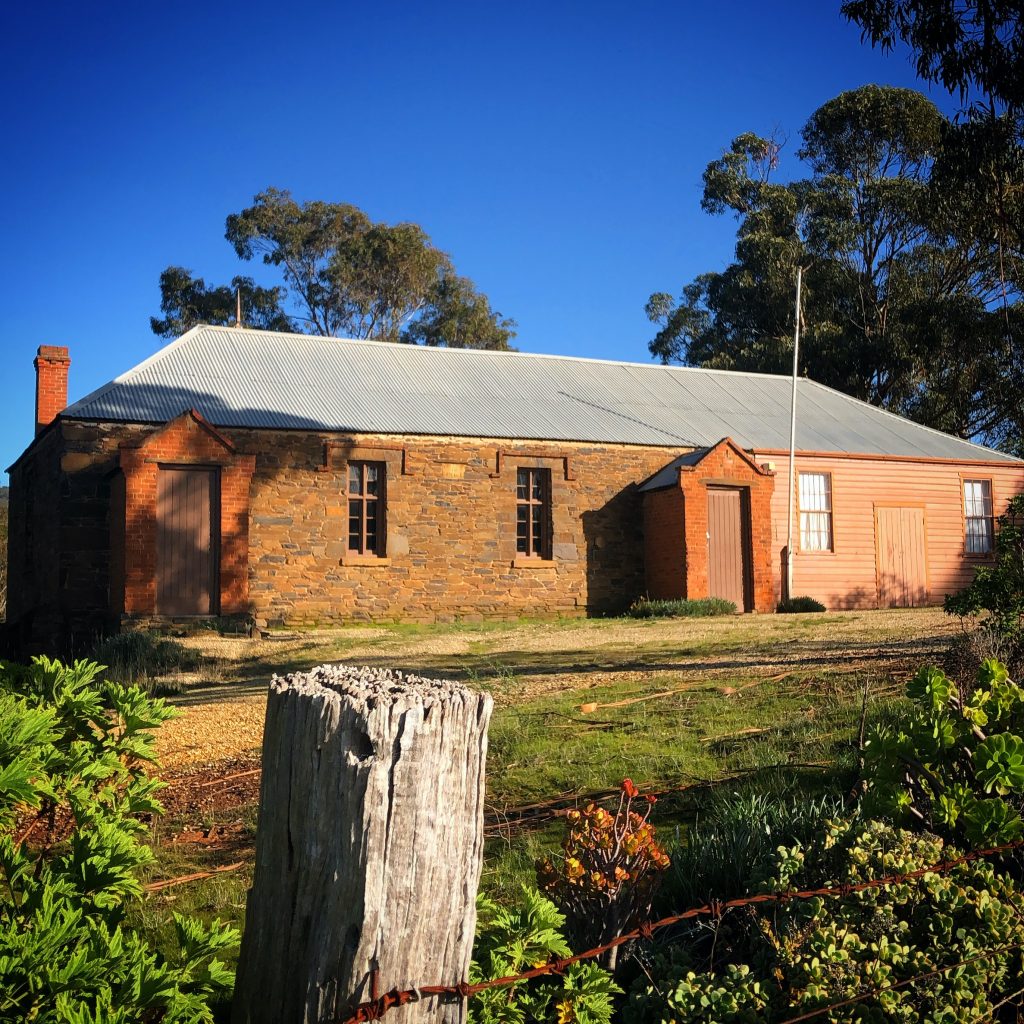
Maldon Penny School
The school was called the Penny School because that was the cost of attendance at the school.
The 1856 Penny School, built of stone, brick and weatherboard as the Church of England Denominational School No.413, overlooks Maldon in Church Street.
The Penny School was a school established by the Church of England in Victoria, Australia in the late 19th century. The school was located in the town of Maldon, Victoria, and was part of the system of denominational schools that were established in Victoria in the mid-19th century.
The Penny School provided education to children in the Maldon area, with a particular emphasis on teaching the principles and values of the Church of England. The curriculum included the basics of reading, writing, and arithmetic, as well as religious instruction and other subjects.
The school was staffed by a headmaster and a small number of assistant teachers, who were responsible for the education and well-being of the students. The school was funded by the Church of England and by fees paid by the students who attended.
The Penny School continued to operate for several decades, providing education to generations of students in the Maldon area. In the early 20th century, the school was absorbed into the broader system of public education in Victoria, and its name was changed to the Maldon State School.
Today, the original Church of England Denominational School No. 413 building is no longer in use as a school, but it remains an important part of the history of education in Maldon and the surrounding area. The building is a well-preserved example of the kind of schoolhouses that were common in rural areas of Victoria in the late 19th century.
It was acquired by the National Trust in 1979. It was sold by The National Trust to a private buyer in 2014.


